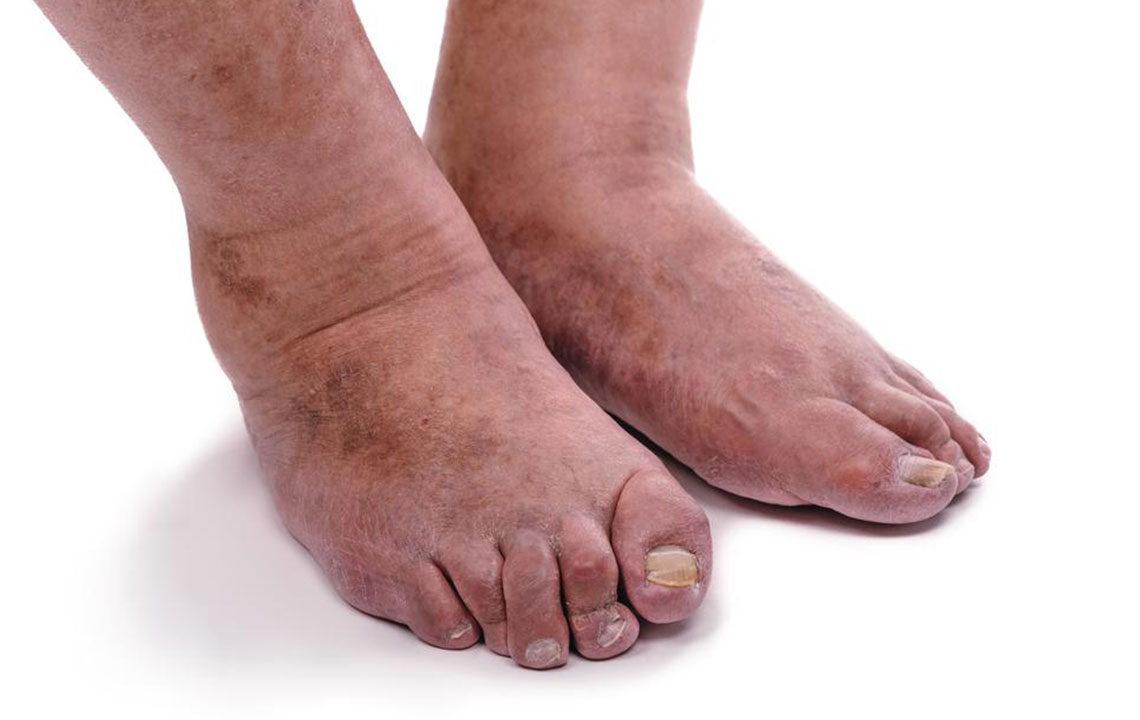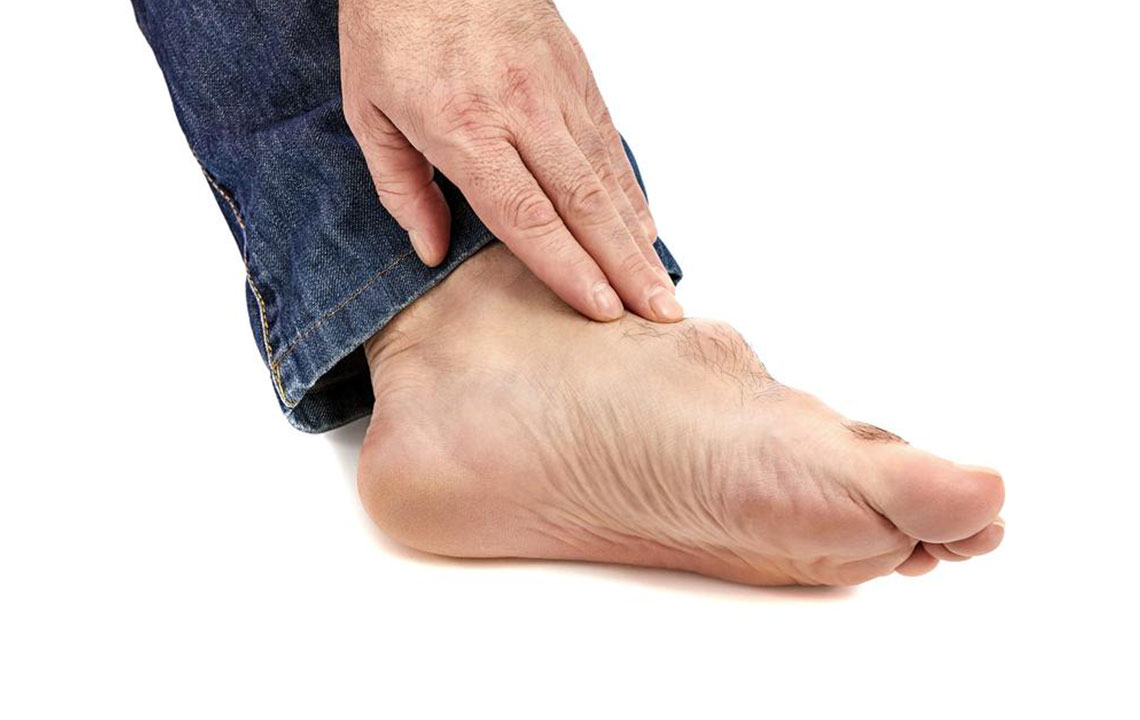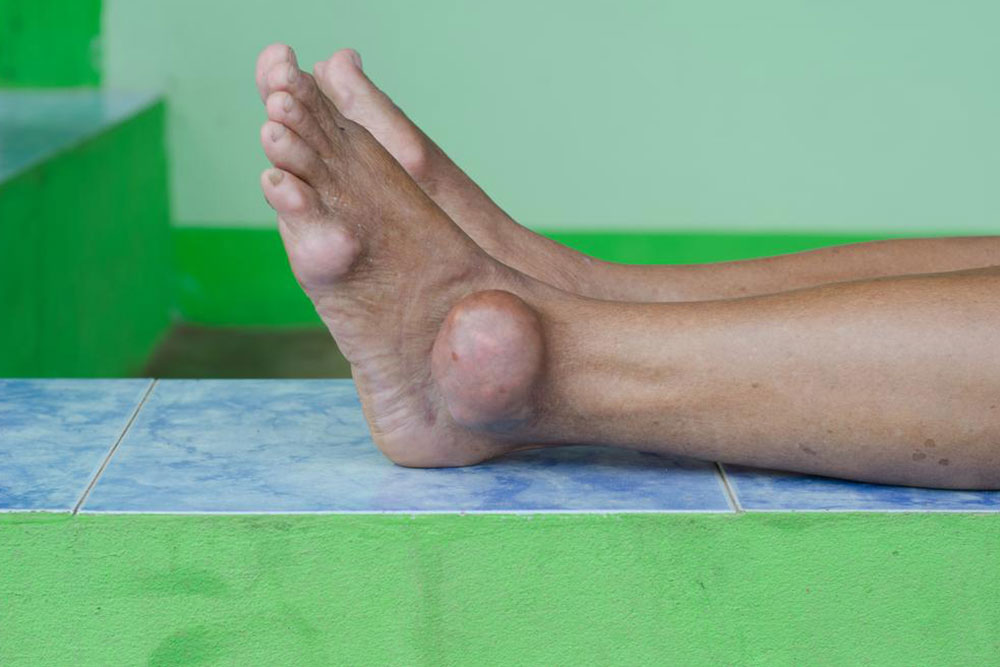Comprehensive Guide to Distinguishing Rheumatoid Arthritis from Gout: Symptoms, Causes, and Effective Treatments
This detailed guide explores the key differences between rheumatoid arthritis and gout, highlighting their symptoms, causes, diagnosis, and treatment options. Understanding these distinctions is vital for effective management and improved quality of life for patients. The article offers valuable insights into recognizing early signs, diagnostic procedures, and personalized treatment strategies for both conditions.

In-Depth Comparison of Rheumatoid Arthritis and Gout: Understanding Symptoms, Causes, and Treatment Strategies
Rheumatoid Arthritis vs. Gout: Key Differences in Symptoms, Underlying Causes, and Management Approaches
Arthritis remains a prevalent health concern, affecting over 54 million adults across the United States alone. It is one of the leading contributors to chronic disability, significantly impacting quality of life. Among various types of arthritis, rheumatoid arthritis (RA) and gout are especially common and often misunderstood because they share similar presentation in the early stages—primarily causing painful joint inflammation. This similarity can lead to misdiagnosis, delaying appropriate treatment. Recognizing the distinct characteristics of each condition is essential for effective management and improved patient outcomes. In this comprehensive guide, we delve into the detailed differences and management strategies for rheumatoid arthritis and gout, emphasizing symptom recognition, underlying causes, diagnostic procedures, and treatment options to better equip patients and healthcare providers.
While both rheumatoid arthritis and gout affect joint health, they differ markedly in origins, disease progression, and treatment methods. Rheumatoid arthritis is classified as an autoimmune disorder where the immune system mistakenly targets the joints, leading to chronic inflammation, swelling, stiffness, and eventual joint destruction if left untreated. Its exact cause remains uncertain but is believed to involve a complex interplay of genetic predisposition, environmental triggers, and lifestyle factors such as smoking or hormonal influences. RA usually affects symmetrical joints, including fingers, wrists, and shoulders, and can also impact organs beyond the joints. Gout, contrastingly, is a form of inflammatory arthritis caused by the deposition of urate crystals within joints, resulting from elevated levels of uric acid in the bloodstream. This crystalline build-up triggers sudden and intense episodes of pain, swelling, redness, and warmth, especially commonly hitting the bigger toe, but also affecting ankles, knees, and elbows. Gout predominantly affects men over 40, though it can also occur in women, especially postmenopausally.
Accurate diagnosis relies on a combination of medical history, physical examination, laboratory testing, and imaging studies. Blood tests measuring inflammatory markers such as erythrocyte sedimentation rate (ESR) and C-reactive protein (CRP) help assess the level of systemic inflammation. To differentiate these conditions further, uric acid levels are checked—elevated levels suggest gout. Imaging tools like X-rays, ultrasounds, and dual-energy CT scans reveal joint damage, cartilage loss, and urate crystal deposits, helping confirm the diagnosis. Treatment strategies are tailored to each condition: rheumatoid arthritis management involves the use of nonsteroidal anti-inflammatory drugs (NSAIDs), corticosteroids, disease-modifying antirheumatic drugs (DMARDs), and sometimes biologics or surgical interventions to repair or replace damaged joints. In contrast, gout treatment aims to control uric acid levels with medications such as xanthine oxidase (XO) inhibitors—like allopurinol or febuxostat—and uricosuric agents, combined with anti-inflammatory drugs during acute attacks. Lifestyle modifications, including diet changes, weight management, and limiting alcohol intake, also play a crucial role in managing gout. Early recognition and diagnosis are pivotal in preventing joint destruction, reducing pain, and improving overall quality of life.
In essence, understanding the nuanced differences between rheumatoid arthritis and gout allows patients and healthcare providers to develop targeted treatment plans, ensure timely intervention, and enhance long-term health outcomes. Recognizing early symptoms, undergoing appropriate testing, and adhering to prescribed therapies can significantly alleviate symptoms, prevent irreversible joint damage, and foster a better quality of life for those affected by these chronic conditions.





